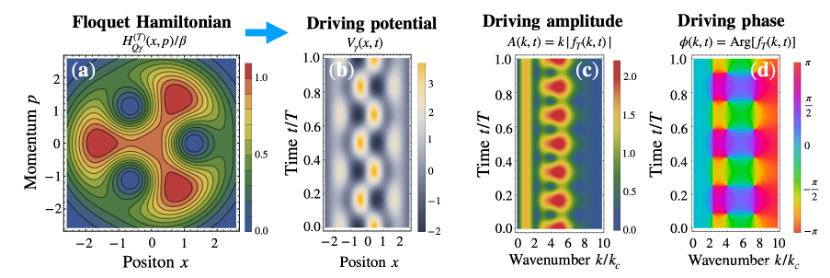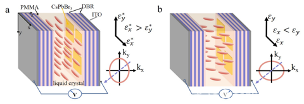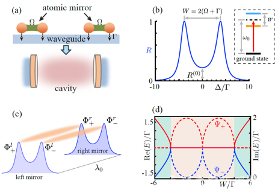
2D photocatalysts on III-Nitrides nanowires
admin 2019-09-04 16:07:26 5749
报告题目:2D photocatalysts on III-Nitrides nanowires
报告时间:2019-09-10 10:00 (星期二)
报告地点:32教学楼B218
报告人:孔祥华 博士 (加拿大麦吉尔大学物理系)
联系人:米文博 Email:miwenbo@tju.edu.cn
Abstract:
Hydrogengeneration via photoelectrochemical (PEC) water splitting is an appealingapproach for conversion of solar energy into value added chemical fuels. PEC requiresphotocatalysts to function and low dimensional photocatalysts have received tremendous attention. We proposeasuper-heterostructure consisting of low-cost, large-area Si wafer, defect-free GaN nanowires and noble-metal-free MoS2, and excitingly,thissuper-heterostructure demonstrated outstanding photocatalytic performance. It is well understood now that this setup takes full advantage of their low dimensional nature, where the GaN nanowire array on Si wafer works for light harvesting, charge carrier separation and transfer, while MoS2 plays the role of proton reduction. Thissuper-heterostructure is a general concept and we have already transferred thisidea to CO2 reduction as well as nitrogen fixation. And this conceptis quite suitable to be further explored and realized by Data mining andMachine learning which we are working on.
We further report a direct, systematic andgeneral density functional theory scheme to quantitatively predict band edgeshifts and their microscopic origins for aqueous 2D photocatalyst, wherethousands of atoms or more are able to be involved. This scheme isindispensable to correctly calculate the electronic structure of 2D photocatalystin the presence of water, which is demonstrated in aqueous MoS2, GaS, WS2, InSe and WSe2. It is found that the bandedge of 2D photocatlysts are not rigidly shifted due to water as reported inprevious studies of aqueous systems. Specifically, the CBM shift isquantitatively explained by geometric deformation, water dipole and chargeredistribution effect while the fourth effect, i.e. interfacial chemicalcontact, is revealed in the VBM shift. Our work paves the way to design 2Dmaterials in general as low-cost and high-efficiency photocatalysts.
Keywords:water splitting; low dimension; interface; large-scaleDFT
Funding:NaturalSciences and Engineering Research Council of Canada (NSERC); EmissionsReduction Alberta; the High Performance Computing Center of McGill University,Calcul-Quebec and Compute Canada
References:
[1] Semiconductors andSemimetals. Elsevier, 2017, 97: 223-255.
[2] Nature Communications,2018, 9 (1), 3856.
[3] Electronic Structure of Aqueous 2D Photocatalyst, 2019,submitted
[4] Phys. Rev. Materials, 2018,2, 081001.
[5] Energy Environ. Sci., 2019,10.1039/C9EE01339C
报告人简介:

孔祥华 博士 XianghuaKong, Post-Doctoral Researcher, Center for the Physics of Materials, Departmentof Physics, McGill University, Montreal, Canada. She received herPhD in Department of Physics, Renmin University of China in 2016. She worked asa collaborated student in Prof. Hong Guo’s group in McGill University from 2012to 2016.
Herresearch interest lies in functional materials, large scale DFT simulations includingsolid/liquid interface, AFM & STM simulation and twistronics, and big data-drivenapplications in material science. Till now, she has published 21 papers ininfluential journals such as Energy & Environmental Science, Naturecommunications, Cell-Chem, Cell- iScience, Advanced Materials, and AngewandteChemie as well as a book chapter on artificial photosynthesis. According toGoogle Scholar, her publications have been cited more than 2400 times.
Email:xiang-hua.kong@mail.mcgill.ca




